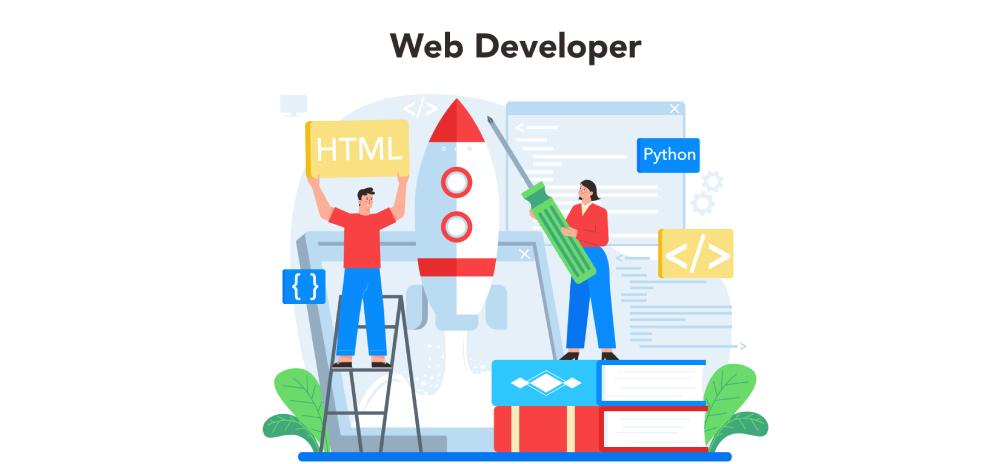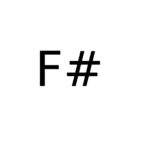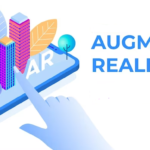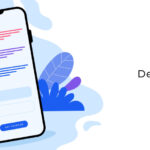
Web development is a broad field that encompasses various techniques, technologies, and approaches to building websites and web applications. From static websites to dynamic web applications, developers have a range of options when it comes to choosing the right type of web development for their projects. In this blog post, we will explore some common types of web development and discuss their characteristics, use cases, and advantages.
Front-End Web Development
Front-end web development focuses on creating the user-facing part of a website or web application. It involves writing code using HTML, CSS, and JavaScript to design and implement the user interface, layout, and interactivity. Front-end developers ensure that websites are visually appealing, and responsive, and provide an intuitive user experience. Popular front-end frameworks and libraries include React, Angular, and Vue.js.
Back-End Web Development
Back-end web development involves building the server side of a website or web application. It encompasses the logic, functionality, and database management required to make a website work. Back-end developers work with languages like Python, Ruby, Java, or PHP, and frameworks like Django, Ruby on Rails, Spring, or Laravel. They handle tasks such as handling user requests, processing data, and managing server infrastructure.
Full-Stack Web Development
Full-stack web development involves working on both the front-end and back-end aspects of a website or application. The Full-stack developers have knowledge and skills in both front-end and back-end technologies, allowing them to handle the entire web development process. They can work independently on all layers of the application stack, from the user interface to the database.
Static Websites
Static websites are composed of HTML, CSS, and JavaScript files that are pre-rendered and served to users as they are. These websites do not require server-side processing or database interactions. They are well-suited for small business websites, portfolios, or simple informational sites that do not require dynamic content or frequent updates. Static websites are easy to host, load quickly, and can be cost-effective.
Dynamic Web Applications
Dynamic web applications involve server-side processing and database interactions to deliver customized and interactive content to users. These applications are built using programming languages and frameworks that handle data processing, user authentication, and complex functionality. Examples include e-commerce platforms, social media platforms, content management systems (CMS), and web-based software applications.
Single-Page Applications (SPA)
Single-Page Applications are web applications that load a single HTML page and dynamically update the content as users interact with the application. SPAs use JavaScript frameworks like React, Angular, or Vue.js to handle client-side rendering and data manipulation. They provide a seamless user experience, as the page does not need to reload entirely for each interaction. SPAs are often used for interactive web applications, dashboards, and productivity tools.
Progressive Web Apps (PWA)
Progressive Web Apps combine the best features of web and mobile applications. PWAs can be accessed through a web browser like a regular website but offer app-like experiences, such as offline access, push notifications, and device hardware access. They are built using web technologies like HTML, CSS, and JavaScript and can be installed on users’ devices. PWAs bridge the gap between web and mobile development and provide a consistent experience across platforms.
Conclusion
Web development encompasses a wide range of techniques and approaches, each catering to different requirements and use cases. Whether you’re building a simple static website, a complex web application, or a progressive web app, understanding the different types of web development is crucial in selecting the right approach for your project. Consider your project’s goals, scalability needs, and target audience to determine the most suitable type of web development.













































Recent Comments